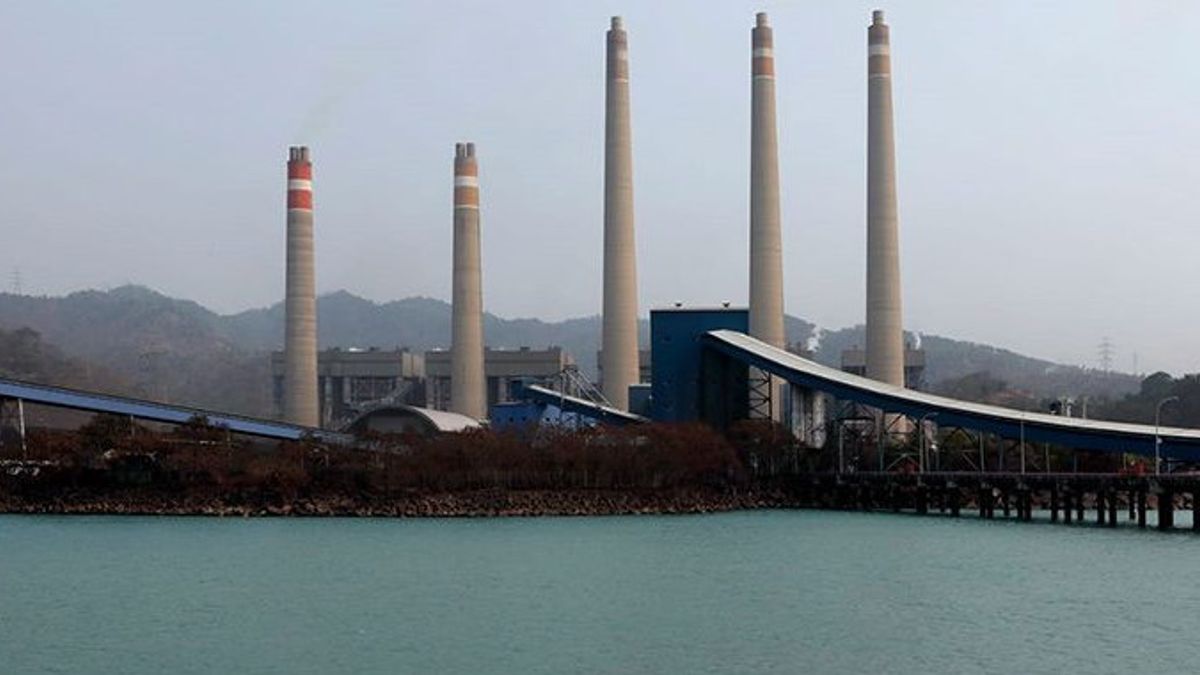JAKARTA - Efforts to find the right technology to reduce emissions from Steam Power Plants (PLTU) continue to be echoed by a number of parties. The more we come here, the technology that is present continues to grow and becomes more qualified to significantly reduce emissions from PLTU.
As expressed by Energy Watch Executive Director Mamit Setiawan and Indonesian Environmental Forum (Walhi), the Selective Catalytic Reduction (SCR) technology has so far become the most reliable technology to reduce emissions and air pollution from PLTU.
According to National Executive Energy and Urban Campaign Manager Walhi Dwi Sawung, from several technologies to reduce air pollution, SCR can be said to be at the forefront.
"One of the latest SCRs, actually has a lot. Well, it (SCR) functions to reduce nitrogen oxide (NOx)," he said.
With SCR, NOx will be reduced. For example, from the figure of 100 and above, it can go down to 50 and below. From these numbers, it is considered that SCR is able to reduce the large number of NOxes. He explained that the current application of SCR in PLTU is very necessary.
The reason is because the air pollution on earth is already high. In developed countries, such as Germany, the United States, China, and Japan, SCR technology has been implemented for a long time.
Meanwhile, Mamit Setiawan said, the application of SCR or Carbon Capture (CCUS) technology, for many people is not considered as green energy. This technology, he continued, is a development of technology in order to reduce carbon gas.
"But considering that early retirement requires a lot of money for the plant, so the use of technology that can reduce carbon, I think is good. Moreover, in 2060 we are heading to NZE, where fossil energy as primary energy can be reduced or even eliminated and replaced with EBT," he said, Sunday, November 13.
However, according to him, the shortcomings of this technology are a large investment. However, when compared to early retirement or early retirement of Steam Power Plants (PLTU), this technology is still much cheaper. Mamit said, SCR technology can be relied on towards green energy launched by the government.
In developed countries, such as Germany, the United States, China, and Japan, SCR technology has been implemented.
SCR technology in developed countries is also used for PLTUs that use coal juxtaposed with ammonia. Selective Catalytic Reduction is a proven technology to reduce nitrogen oxide and nitrogen dioxide by converting its molecules into water and free nitrogen.
Using the Selective Catalytic Reduction at coal vapor plant along with the low Nox burner will significantly lower levels of nitrogen oxide and nitrogen dioxide and will therefore open up the possibility of much more green ammonia co-firing than coal in coal vapor plants.
The potential increase in NOx emissions from ammonia combustion can be minimized through the SCR technology, which can reduce NOx concentration in exhaust gases from about 1,000 ppm to less than 10 ppm.
For Indonesia, which is promoting the renewable energy transition, blue and green ammonia can be a part of the journey to the renewable energy transition, as an alternative clean energy source for coal vapor plants.
Amonia itself is a natural chemical found in the air, water, plants, and animals. This chemical consists of nitrogen and hydrogen atoms, and the process in nature occurs naturally through the nitrogen cycle.
On the other hand, ammonia is also produced as synthetic material. Recently, the term "green" is also embedded against ammonia that uses 100 percent renewable material and is carbon-free. One way to make 'copper green' is to use hydrogen from water and nitrogen electrolysis processes separated from air.
So far, ammonia has played an important role especially in the agricultural industry for fertilizer production. In addition, ammonia is also used as an energy source for transportation and can be used in the production of polyamides, nitrate acid, nylon, medicines, explosives, refrigerants, dyes, cleaning fluids, and other industrial chemicals.
In terms of smell detection, ammonia has a distinctive odor so that it can provide a very valuable early warning about the potential for emissions that can be harmful and this feature is not found in pure hydrogen.
Lastly, the uniqueness of ammonia as fuel does not contain carbon. This means that in burning it does not produce carbon dioxide emissions. This is because the only side products of ammonia are water and nitrogen.
Unfortunately, the use of ammonia in energy systems is still very limited. About 80 percent of global ammonia usage is still associated with the fertilizer industry and less than 1 percent is used as an energy source.
The English, Chinese, Japanese, Arabic, and French versions are automatically generated by the AI. So there may still be inaccuracies in translating, please always see Indonesian as our main language. (system supported by DigitalSiber.id)











